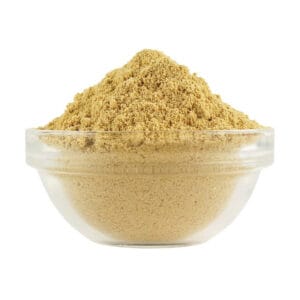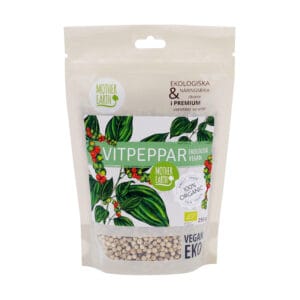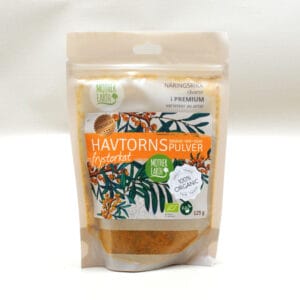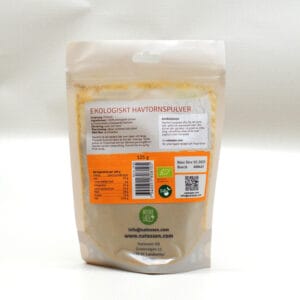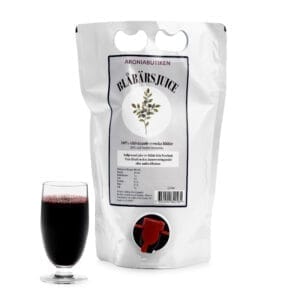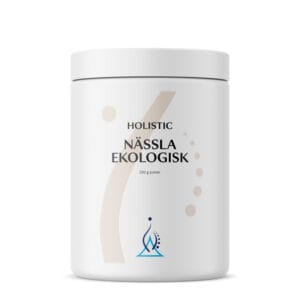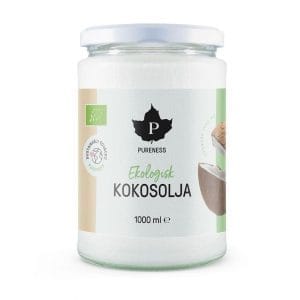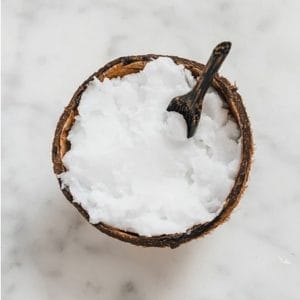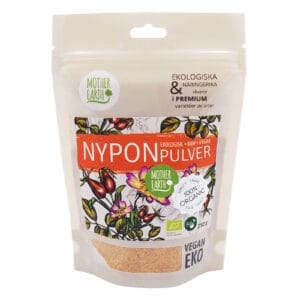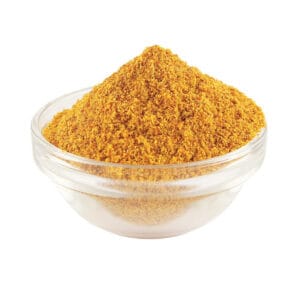- ×
 Ecolatiér REVIVE shampoo with argan oil 250ml 1 × 119.00 kr
Ecolatiér REVIVE shampoo with argan oil 250ml 1 × 119.00 kr - ×
 Ax & Lin - Anti-aging Facial Scrub 100ml 1 × 289.00 kr
Ax & Lin - Anti-aging Facial Scrub 100ml 1 × 289.00 kr - ×
 Naturlig Deo 60 ml eko - Doftfri 1 × 155.00 kr
Naturlig Deo 60 ml eko - Doftfri 1 × 155.00 kr - ×
 Turmeric - Premium Mother Earth EKO 250g 1 × 125.00 kr
Turmeric - Premium Mother Earth EKO 250g 1 × 125.00 kr - ×
 Ginger powder Premium - Mother Earth EKO 250g 1 × 115.00 kr
Ginger powder Premium - Mother Earth EKO 250g 1 × 115.00 kr - ×
 Triple honey 240 gr - Nordic Bee 1 × 199.00 kr
Triple honey 240 gr - Nordic Bee 1 × 199.00 kr
Deep sea salt coarse Luisenhaller 500 gr
69.00 kr
Coarse-grained salt from underground 250 million year old sea. From Göttingen, Germany.
In stock
Luisenhaller deep sea salt 500 gr – coarse grain
A true artisan product! Aroniabutiken is very proud to present Luisenhaller deep salt, a family business in Göttingen, Germany, dating back to the 19th century. The salt is extracted from a 250 million year old, untouched underground sea 450 meters below ground. It is therefore completely uncontaminated, no environmental toxins have reached it.
Luisenhaller deep salt is a universal and gourmet salt commonly used in the kitchen for cooking. It is completely natural, made without treatment or bleaching and free of chemical additives.
This is a coarse-grained salt, intended mainly for salt mills, but it can be used in other ways too.
At the bottom of the page you can see the mineral content.
Luisenhaller is the only boiler salt works still in operation in Europe, producing in a whole year about as much as the big producers do before the lunch break in a day. But the products are not really comparable. Luisenhaller’s salt is extracted as a 27% solution from 250 million-year-old sea salt deposits at a depth of 450 meters. The brine is pumped up and heated in large, shallow pans until the salt crystallizes and can be skimmed off. It’s a process that is at least a thousand years old. And apart from the hydroelectric power originally used, which was later replaced by electricity, not much has changed at Luisenhaller. It’s one of the very few places where you can see how salt was made in the past. The production plant with its massive oak building and technical equipment from the 19th century is a listed building that can be visited by arrangement with the tourist office in Göttingen!
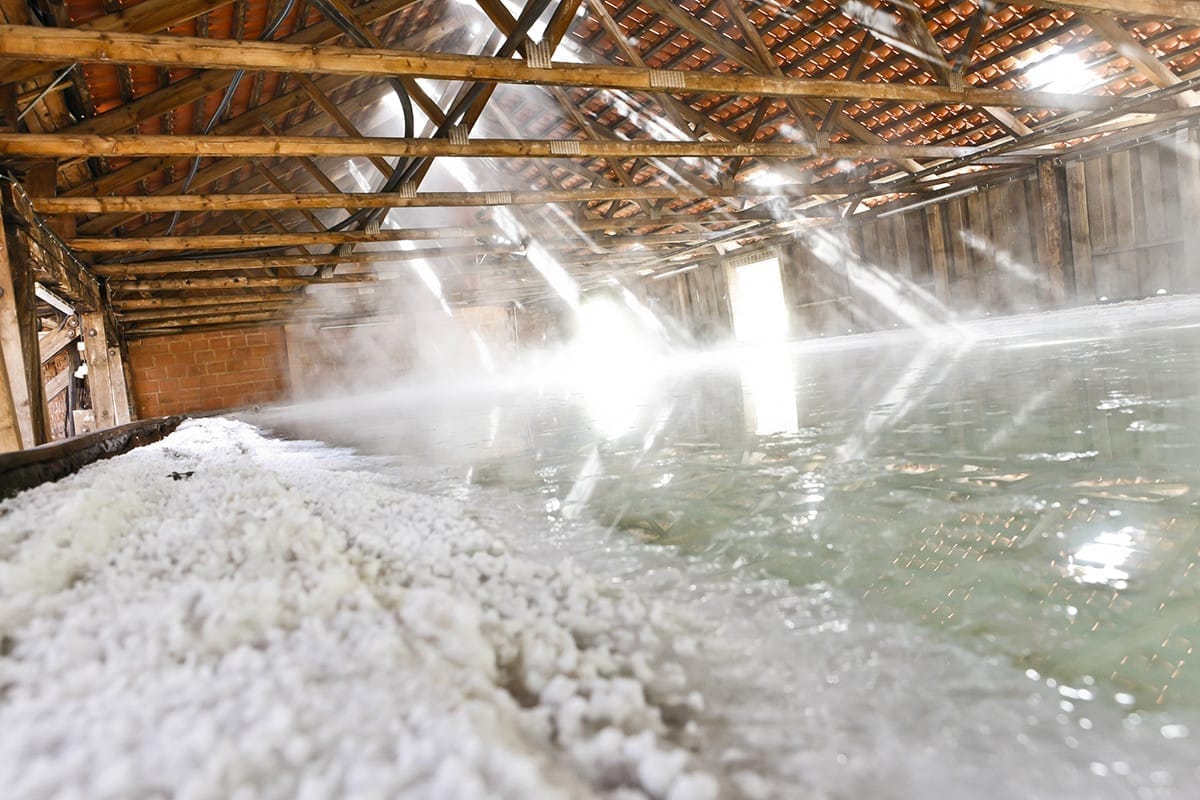
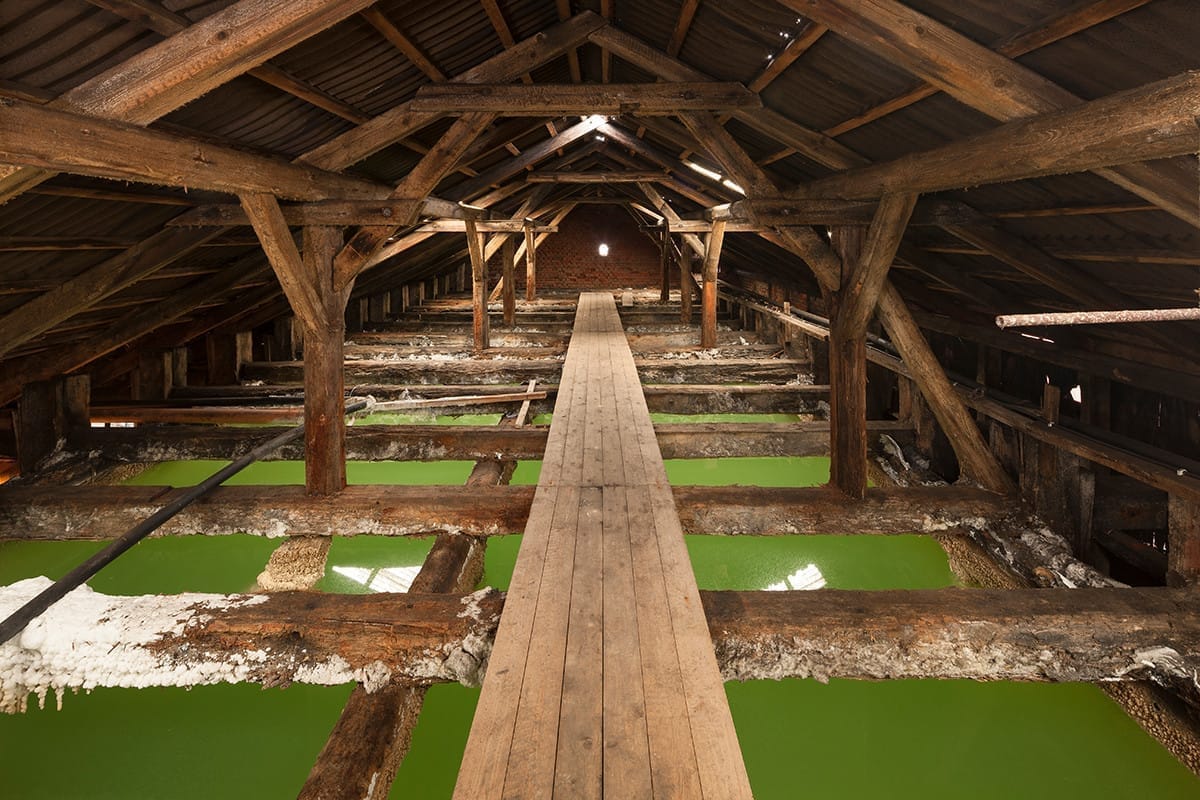
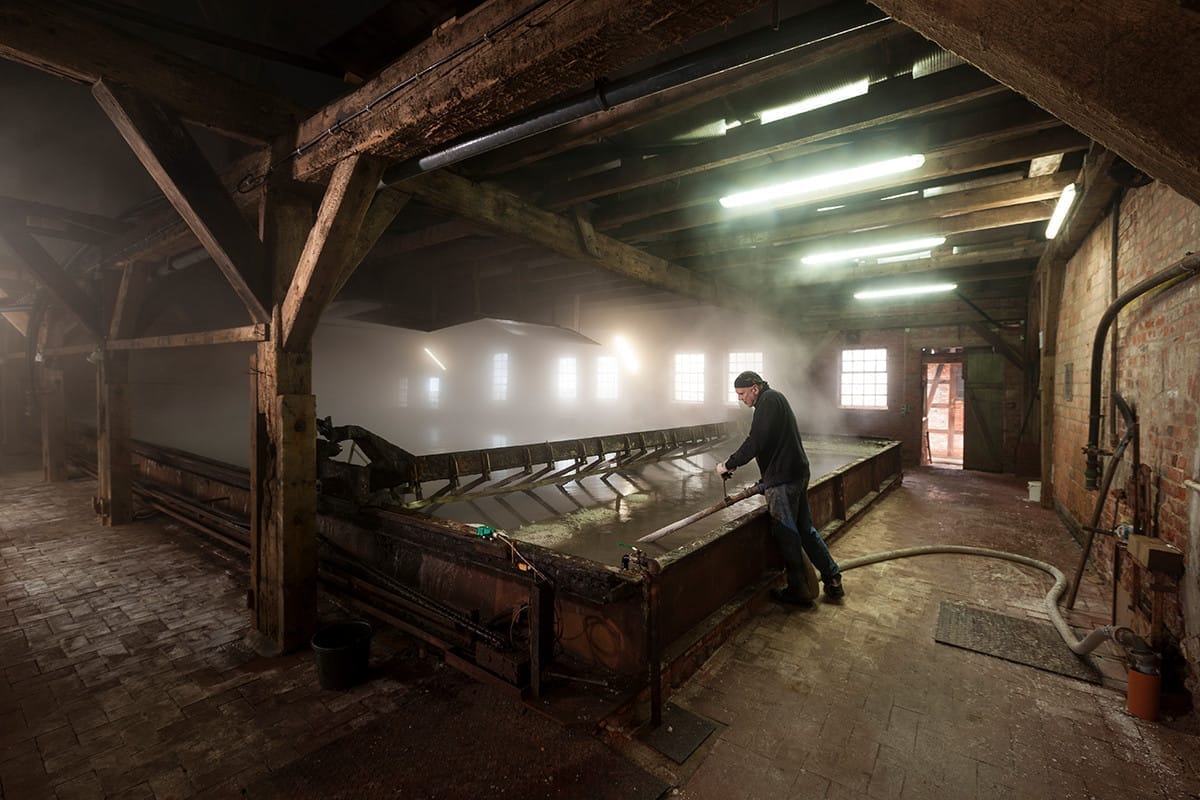
Who was Luise?
There was a time when companies didn’t use globally protected gossipy words or cryptic acronyms invented by well-paid design agencies as their names. Instead, they simply bore the name of the owner’s mother.
In the case of Luisenhaller, the name of the mother of the brothers Louis and Theodor Laporte, who bought the salt works as second owners in 1863. Unfortunately, this did not bring them any luck. Neither did the geologist Philipp Rohns, who founded the saltworks in 1850, and several other owners who came after them, all of whom tried in vain to make the saltworks a commercial success. The first to succeed was Hermann Bartold Levin, the son of a Göttingen cloth manufacturer, who took over the salt works in 1881 and, as the forerunner of all subsequent generations, made the business flourish. Luisenhaller was then successfully continued by his sons and grandsons and has remained an independent family business to this day, with Jörg Bethmann in charge since 1994.
See pictures below from the history of Luisenhaller.
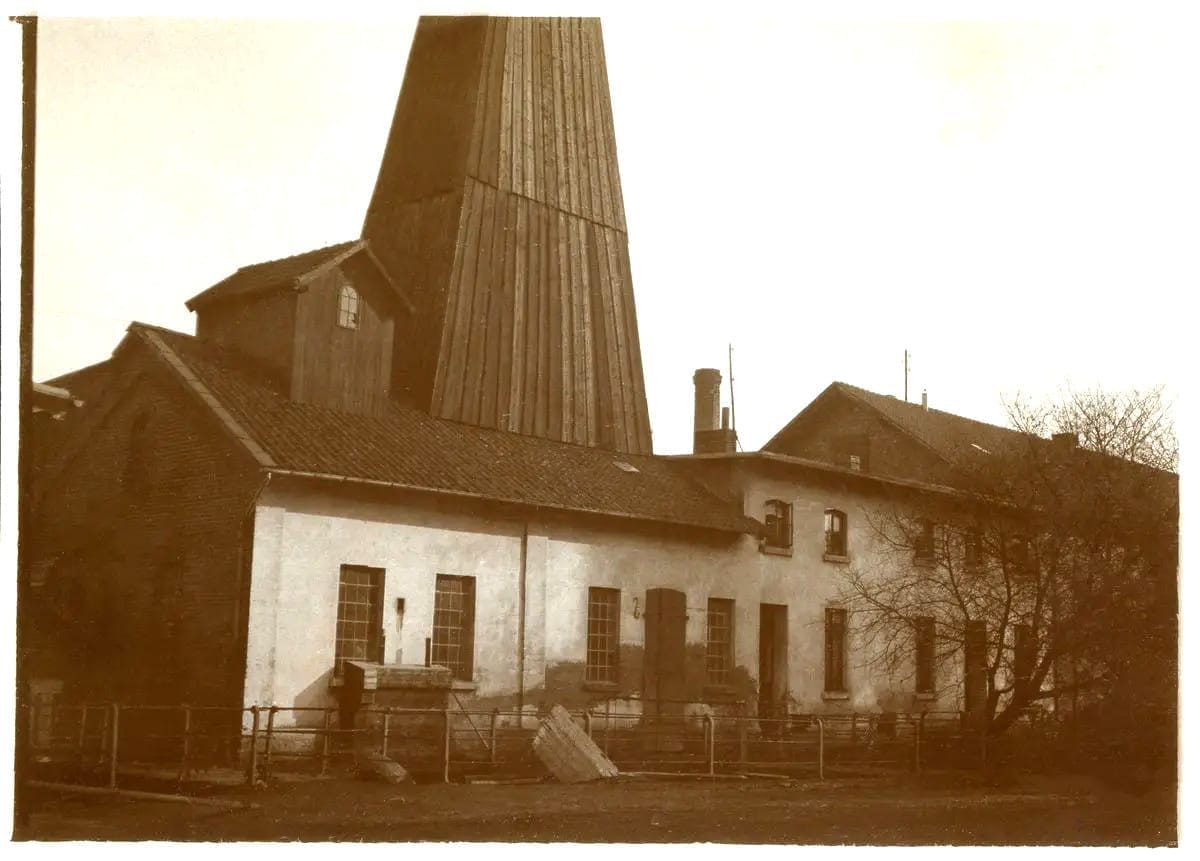
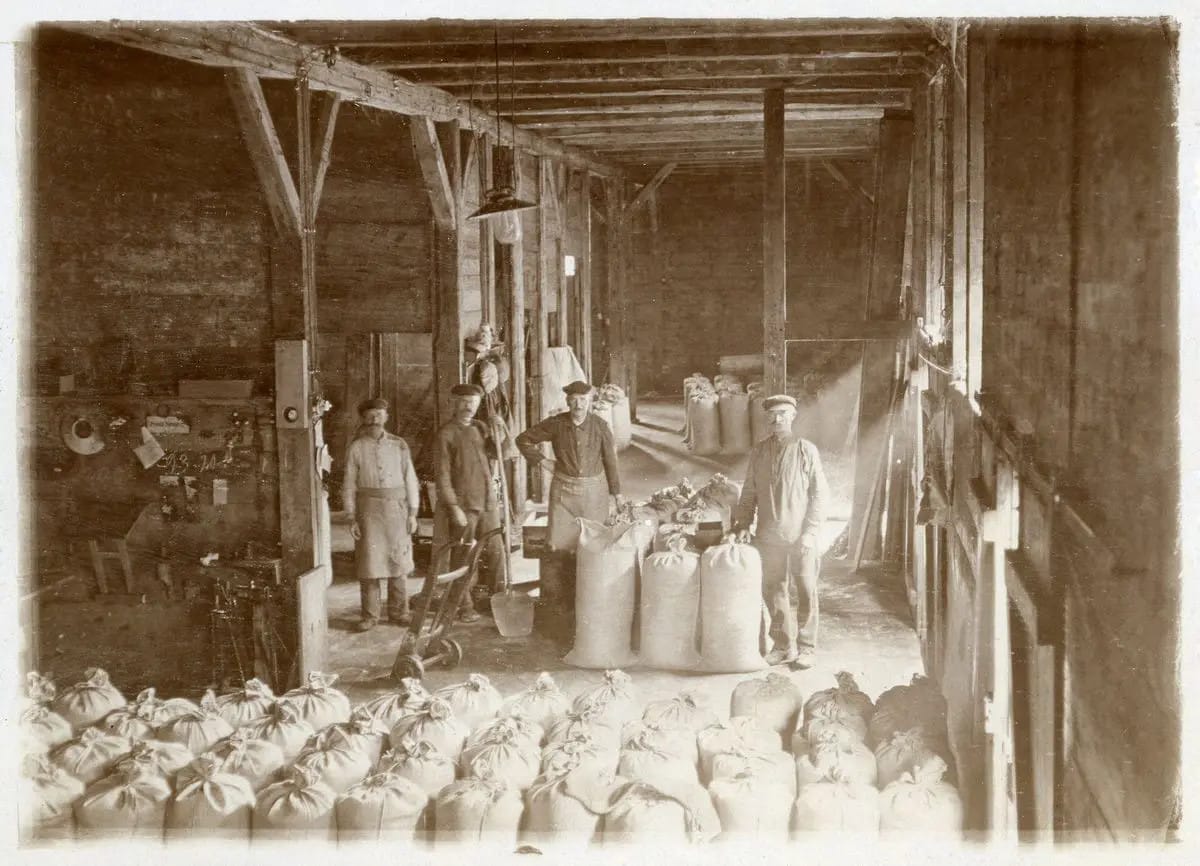
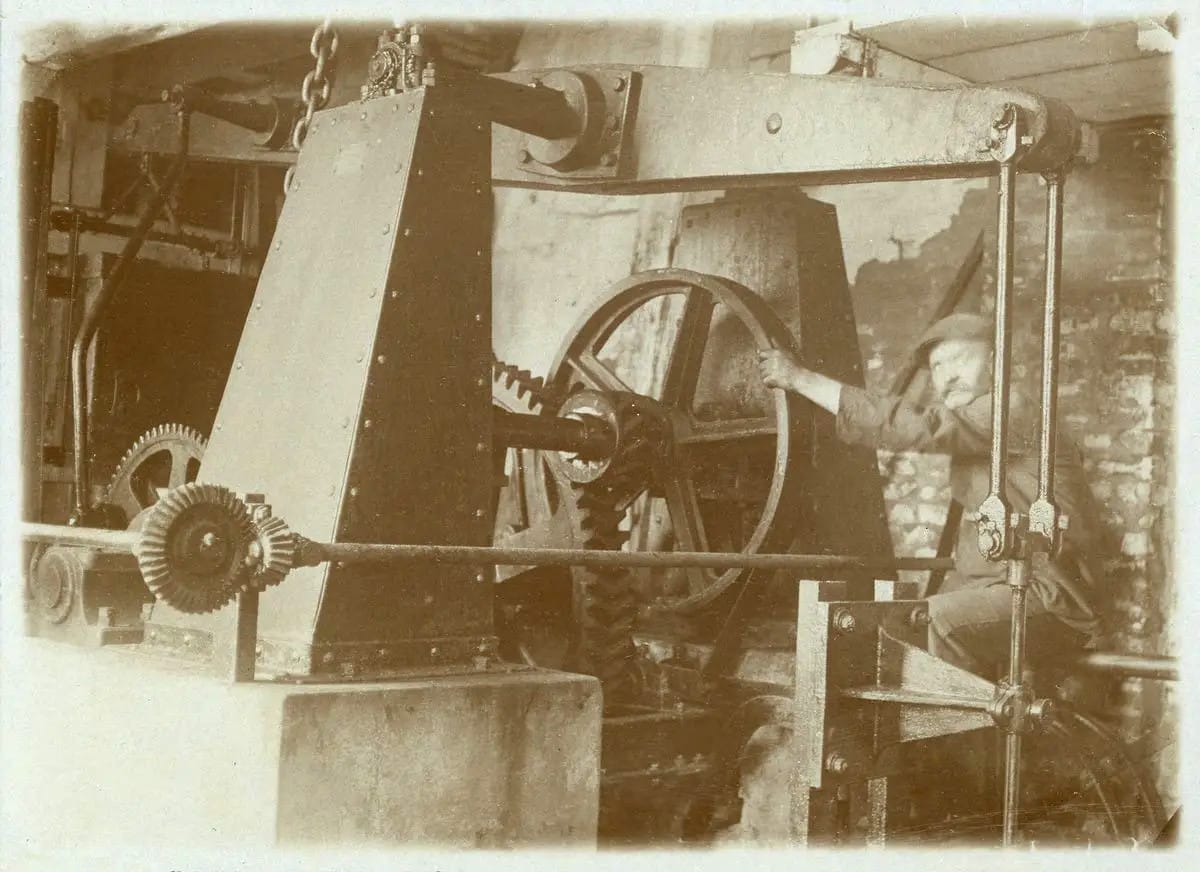
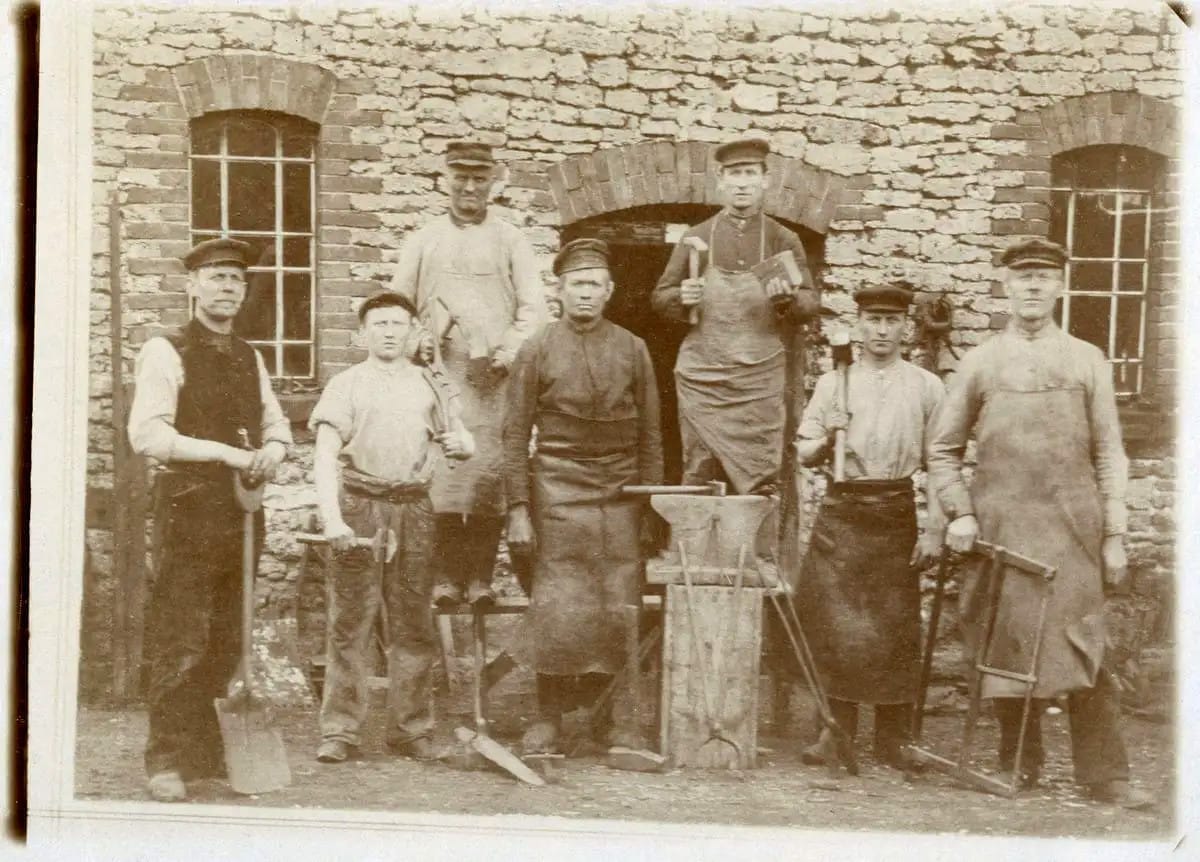
| Luisenhaller salt composition. | |
| Analysis by Institut Fresenius. | |
| Sampling number 230991362. | |
| Substance | mg/l |
| Total amount of dissolved minerals | 320140 |
| Cations | |
| Sodium | 123000 |
| Magnesium | 522 |
| Calcium | 1700 |
| Potassium | 438 |
| Ammonium | 11 |
| Lithium | 1,9 |
| Barium | <0,050 |
| Strontium | 36,6 |
| Manganese | 0,66 |
| Iron | 0,78 |
| Iron (bivalent) | 1,1 |
| Anions | |
| Chloride | 191000 |
| Fluoride | <0,02 |
| Bromide | 74 |
| Iodine | 0,37 |
| Nitrite | <0,005 |
| Nitrate | <1,0 |
| Sulphate | 3300 |
| Hydrogen carbonate | 1 |
| Carbonate | <3 |
| Non-dissolved substances | |
| Silicic acid | 5,28 |
| Boric acid | 15,8 |
| Trace elements | |
| Aluminum | <0,005 |
| Antimony | <0,005 |
| Arsenic | <0,001 |
| Beryllium | <0,0005 |
| Lead | 0,003 |
| Boron | 3,9 |
| cadmium | <0,0002 |
| Cesium | 0,03 |
| Chromium | <0,002 |
| Cobalt | <0,001 |
| Copper | <0,005 |
| Molybdenum | <0,005 |
| nickel | <0,005 |
| Mercury | <0,0001 |
| Rubidium | 0,55 |
| Selenium | <0,025 |
| silver | <0,0005 |
| Silica | 1,9 |
| Sulphide | <0,005 |
| Zinc | 0,071 |
| Tenn | <0,001 |
Leave your review
Rating
Publish review
Related products
All products
0 - 0 reviews
115.00 krGround, dried ginger of the finest quality.
All products
0 - 0 reviews
159.00 krSimply organic whole white pepper.
All products
0 - 0 reviews
215.00 krPowder from wild sea buckthorn. A berry used for health for centuries.
All products
0 - 0 reviews
209.00 kr100% blueberry juice from Norrland. Without additives.
All products
0 - 0 reviews
39.00 krHigh quality canned food, Mediterranean seasoning.
All products
0 - 0 reviews
185.00 krLarge pack - 1 liter of cold pressed, organic coconut oil.
0 - 0 reviews
130.00 krRawfood rosehip powder with natural vitamin C, carotenes and minerals.

 Ax & Lin - Anti-aging Facial Scrub 100ml
Ax & Lin - Anti-aging Facial Scrub 100ml 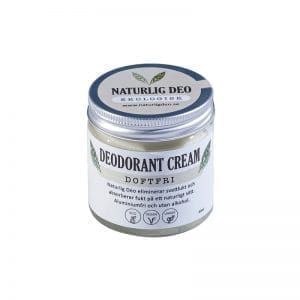 Naturlig Deo 60 ml eko - Doftfri
Naturlig Deo 60 ml eko - Doftfri 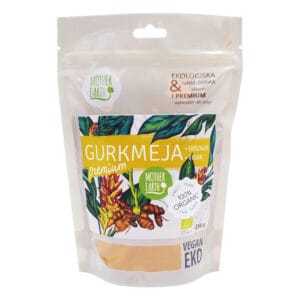 Turmeric - Premium Mother Earth EKO 250g
Turmeric - Premium Mother Earth EKO 250g  Ginger powder Premium - Mother Earth EKO 250g
Ginger powder Premium - Mother Earth EKO 250g 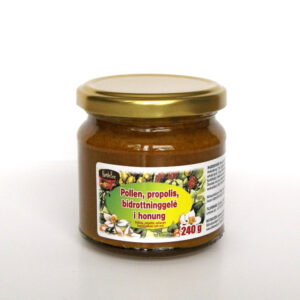 Triple honey 240 gr - Nordic Bee
Triple honey 240 gr - Nordic Bee 


